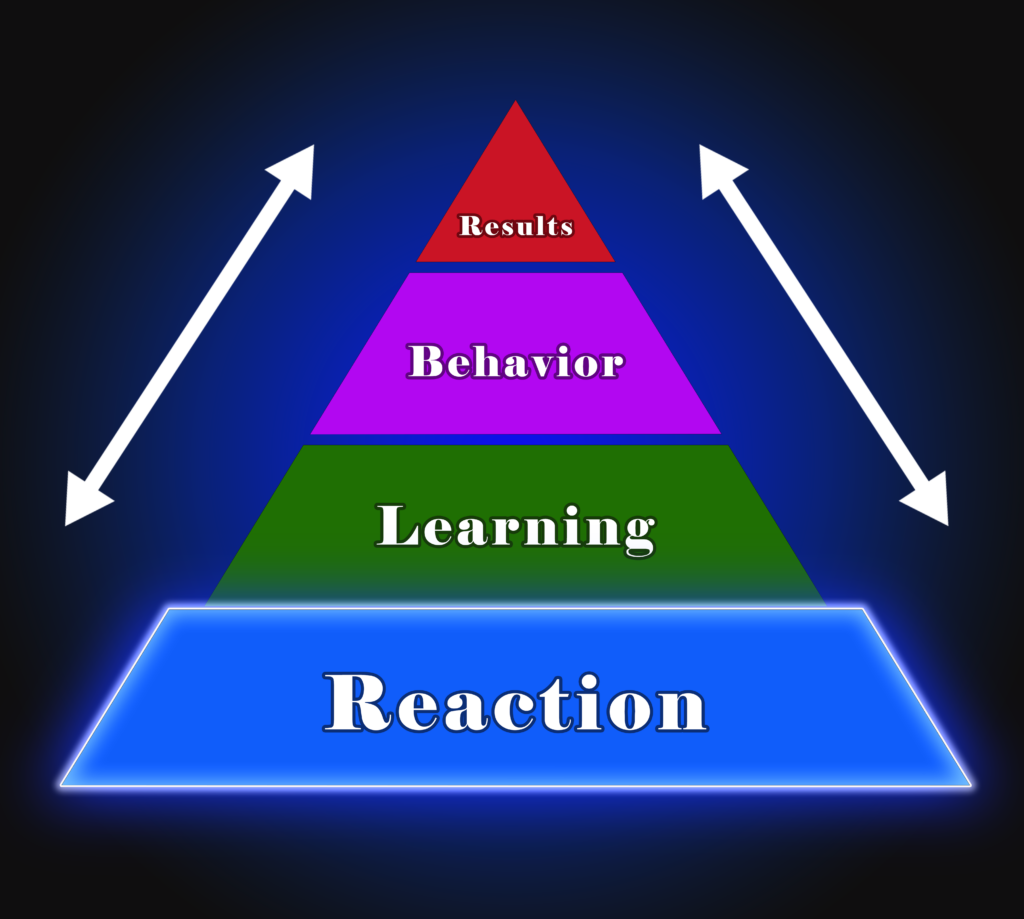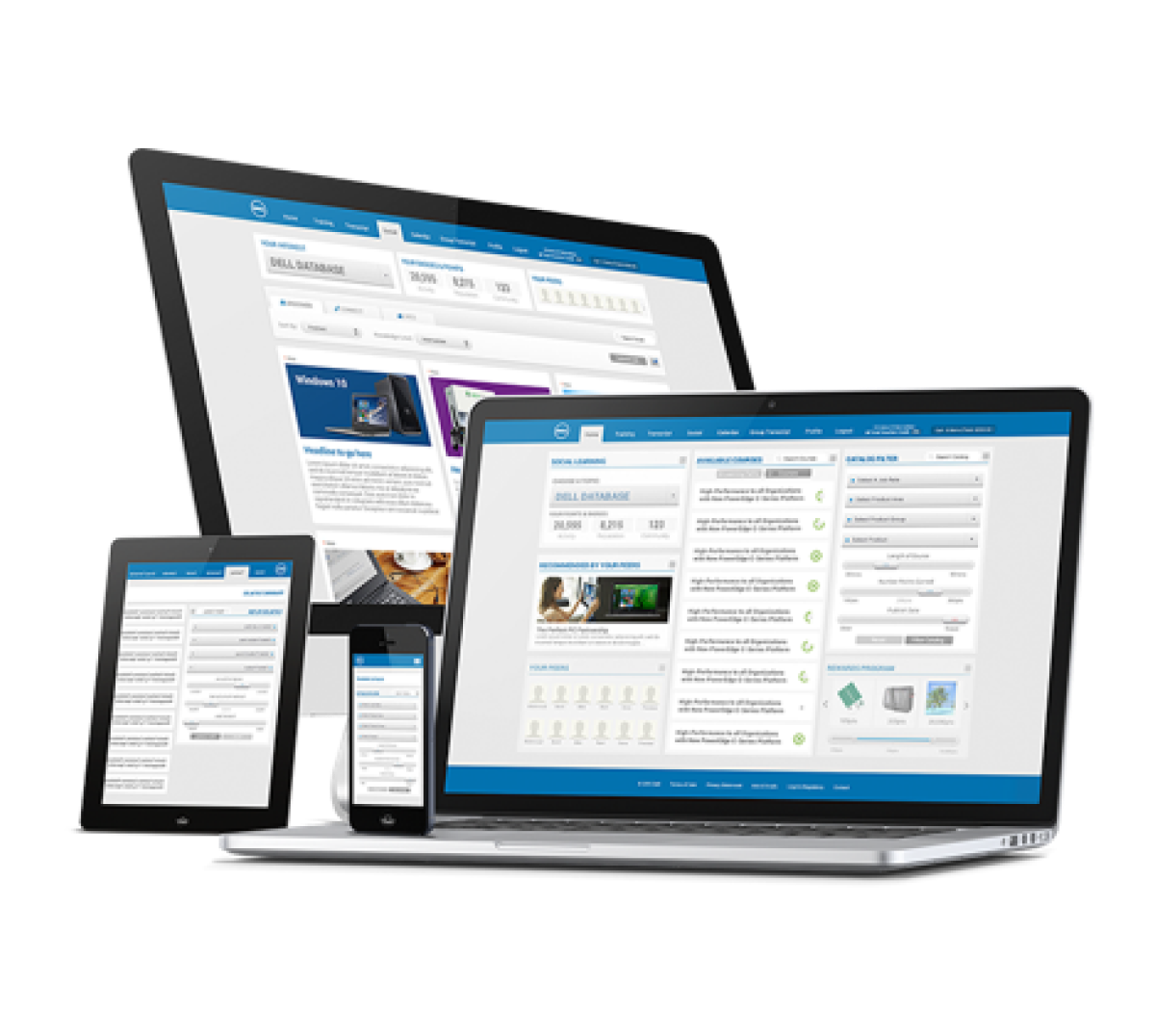
Guest post by Brian R. Brauer, Ed.D. and Ryan Snow, M.Ed

My employee went to training. How do I know if there was a benefit to the employee? To the organization? Those questions are on the mind of any leader or manager when they send someone to training, especially if the training is in-person and away from the office. To answer this question, The Kirkpatrick Model (https://www.kirkpatrickpartners.com/the-kirkpatrick-model/) identifies four learning levels: Reaction, Learning, Behavior, and Results.
Reaction is the most basic level of evaluation of a training program. Reaction surveys are commonly administered at the end of a program and have sometimes been used to ransom a course completion certificate. “If you don’t complete the evaluation, you won’t get your certificate.” Approaches like this may interfere with the submission of meaningful data by the students rushing through the form to leave the training.
The reaction level assesses how much value a participant places on the training session and tries to capture the quality of the participant’s experience. It can also determine how the participant feels about the training superficially. Did you like the presenter? What was your favorite part of the training? Was the course too advanced, too introductory, or just right? What other topics could be added to the training? Feedback like this can help the presenters and organizers of the program make improvements to the content and delivery based on immediate feedback after a program is completed. Because the input is often collected on a scale, for example, from 1 to 4, presenters can draw comparisons between different deliveries and different presenters and to potentially evaluate changes made to the program based on participant feedback.
How do we know if a participant understands and can apply the topic due to the training? In the next post, we’ll unpack the next level in Kirkpatrick’s model, Learning.
Book a Demo
Experience how NetExam LMS+ can supercharge your training operations and boost your customer and partner retention. Enter your email address and we’ll connect you with the right person.


